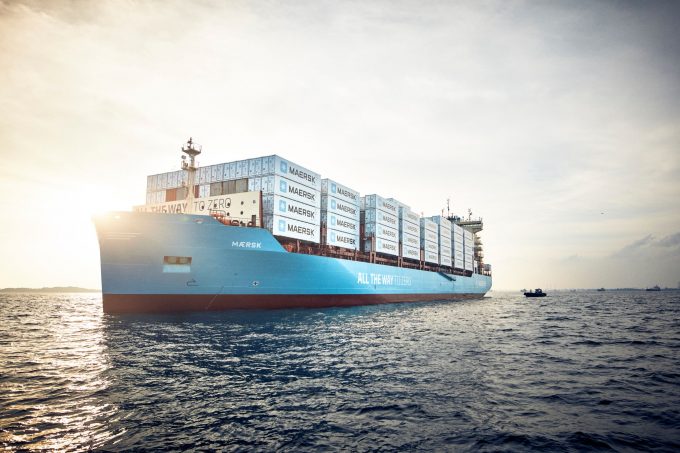Hutchison megadeal reveals dark side of container shipping
What money cannot buy

So what is all this noise about methanol-powered ships? The last time I saw anything powered by methane it was Barter Town, in Mad Max Beyond Thunderdome, where the main energy source for the post-apocalyptic settlement was basically the combined flatulence of a huge herd ...

Comment on this article
Kittisak Jinjo
September 18, 2023 at 9:07 amIs Transport & Environment Study available ? guess it was supposed to link to another site or something.